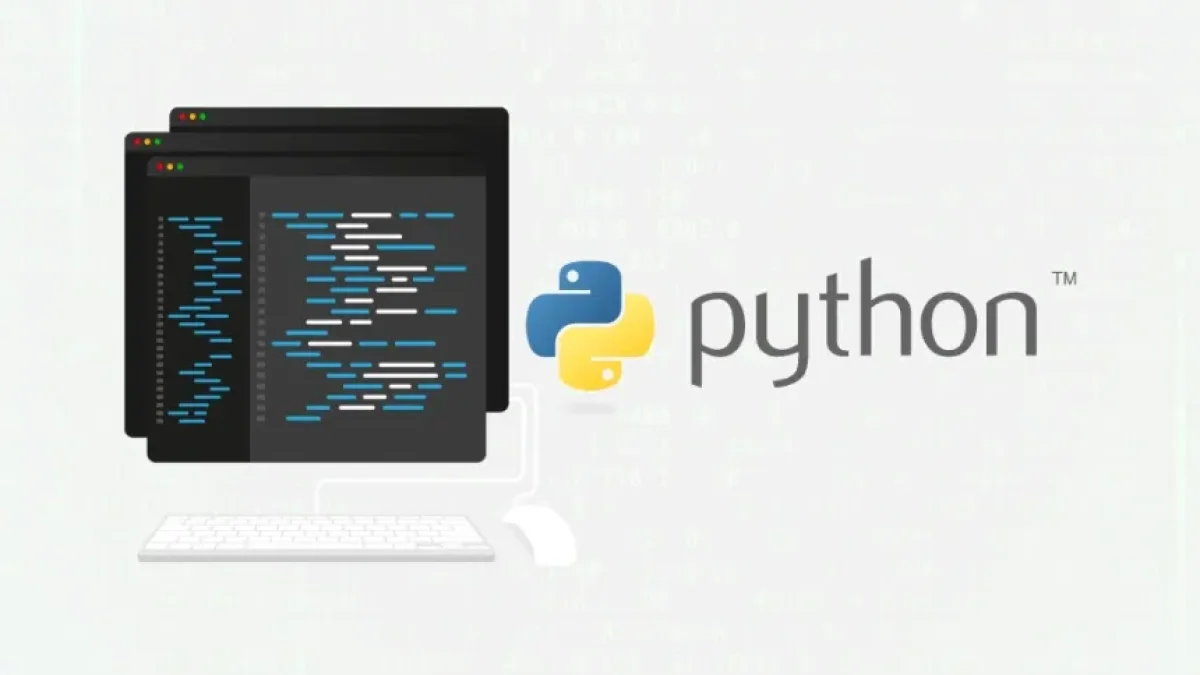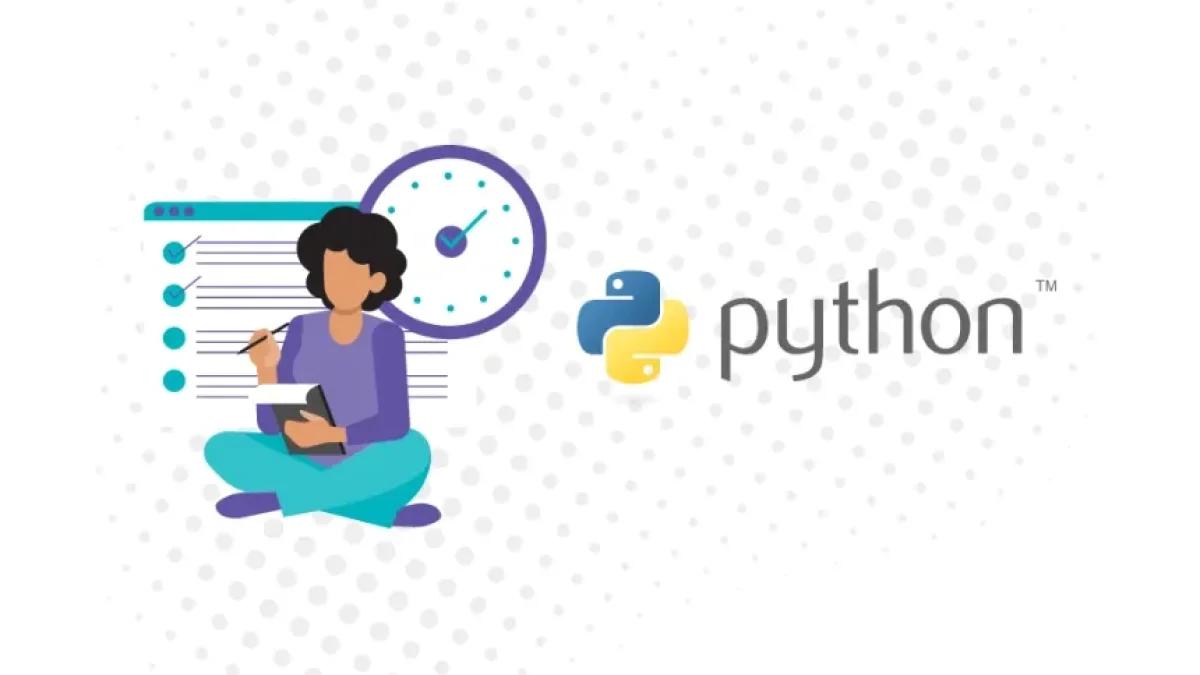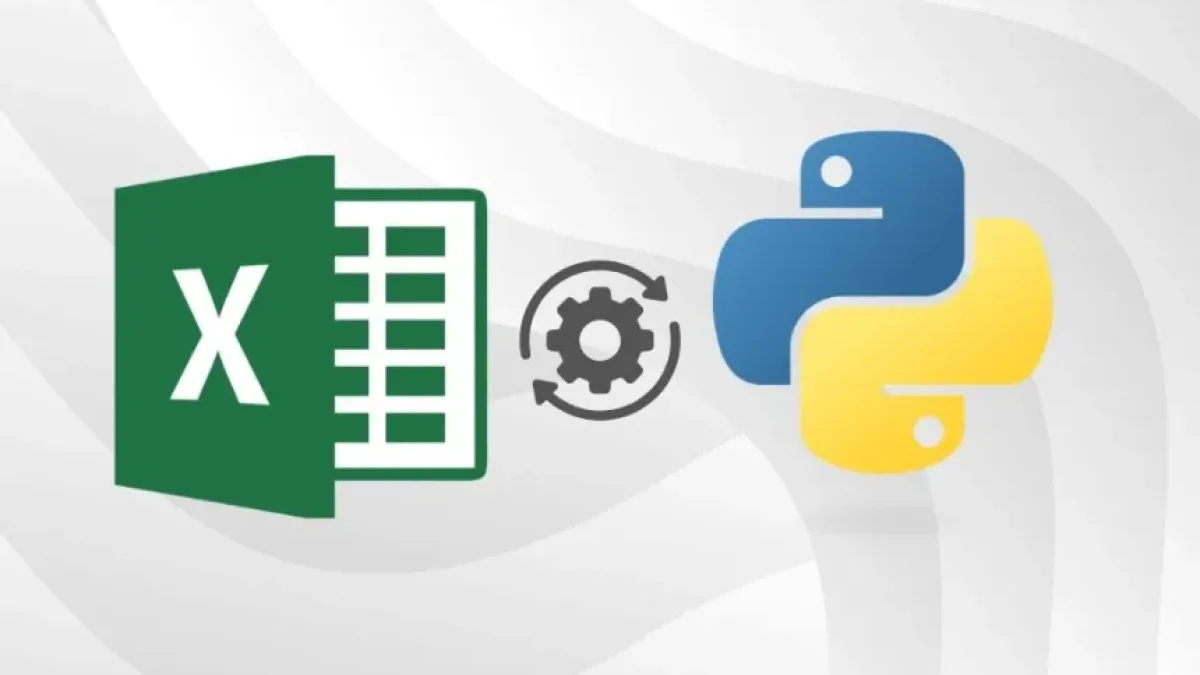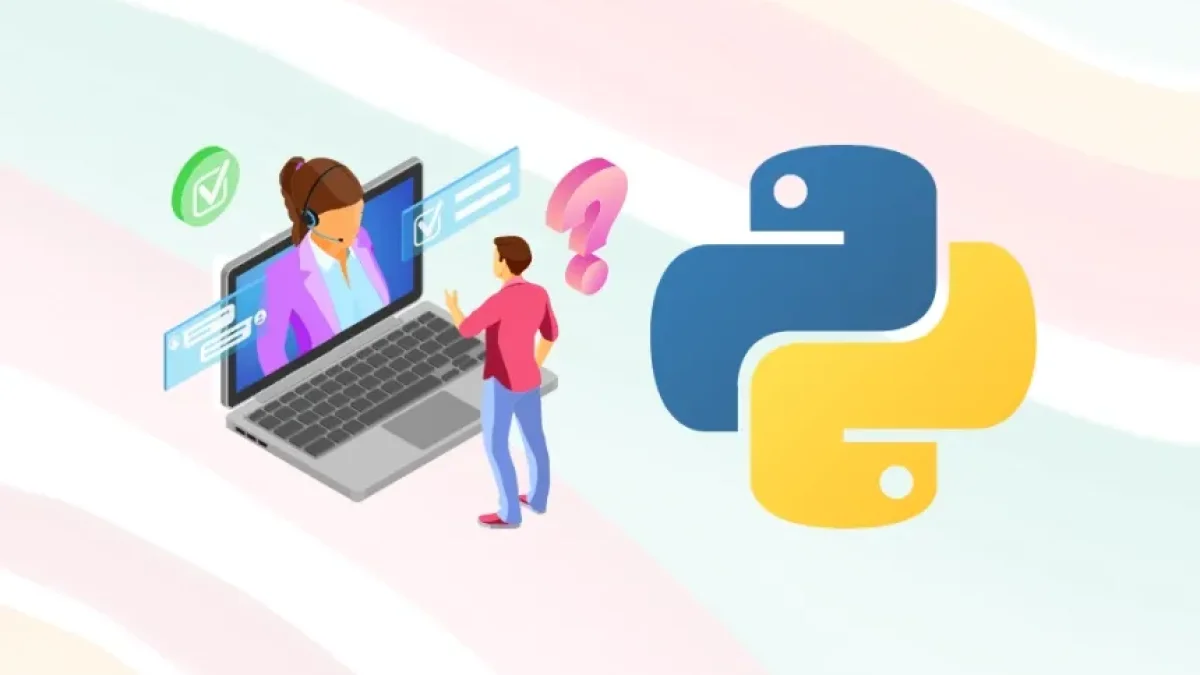Learn to program in Python 3 from scratch easily.

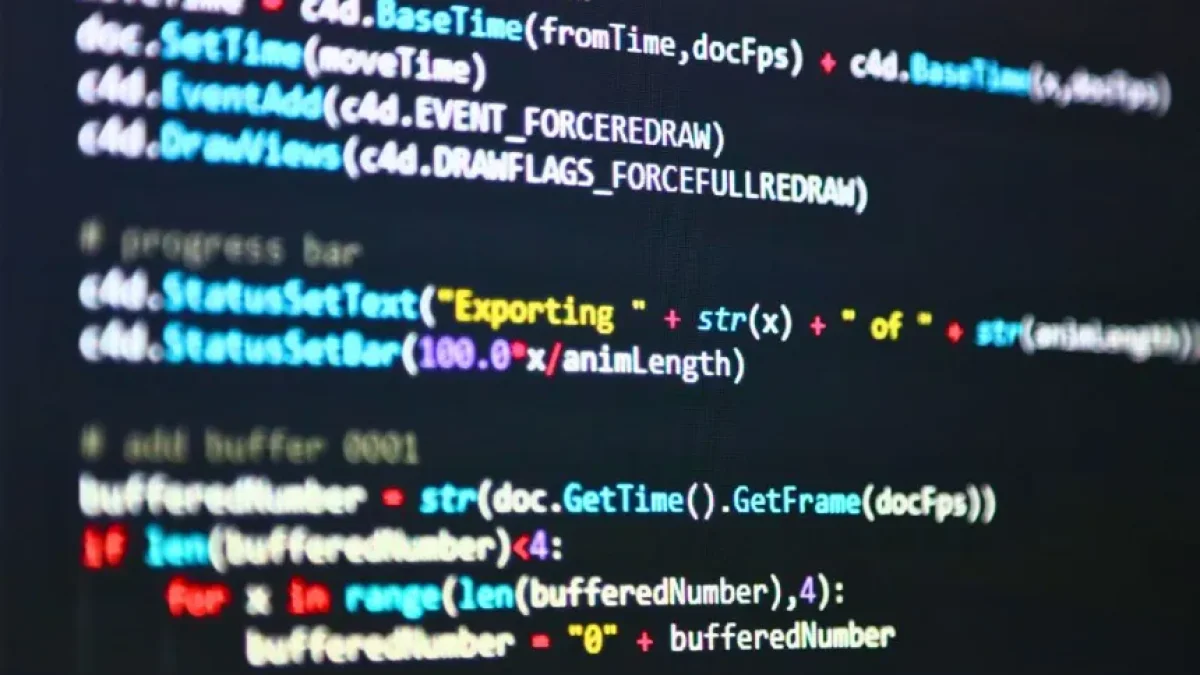
Programming has become an essential skill in today's world, and Python 3 is one of the most popular languages due to its ease of use and versatility. From web development to data analysis, learning Python opens up a world of job opportunities. In this article, I will guide you through the fundamental concepts you need to start programming in Python 3, without complications and from scratch.
Introduction to Python 3
Python is an interpreted programming language, meaning it executes line by line, making it easier to identify errors. Unlike other more complex languages, Python allows beginners to focus on programming logic without being overwhelmed by syntax.
Installing Python 3
Before you start programming, it's vital to have Python 3 installed on your machine. You can download the latest version from the official Python page. The installation is quite simple and is available for different operating systems (Windows, macOS, and Linux).
Your First Program in Python
Once you have Python installed, it’s time to write your first program. Open a text editor or an integrated development environment (IDE) like PyCharm, Visual Studio Code, or even the IDLE that comes with the Python installation.
Read also
Write the following code:
print("Hello, world!")This simple command will print "Hello, world!" in the console. Run your code and observe the result; this is the essence of programming: writing code and seeing it come to life.
Variables and Data Types
In Python, you can store information using variables. You don’t need to declare the type of variable, as Python automatically detects data types. Here are some basic data types:
Read also
- Numbers: x = 5
- Strings: name = "Juan"
- Booleans: is_student = True
Remember that variable names are important: they should be descriptive and cannot contain spaces.
Control Structures
Control structures, such as conditionals and loops, are fundamental to programming logic. Here's a small example of a conditional:
age = 18
if age >= 18:
print("You are an adult")
else:
print("You are a minor")And an example of a for loop:
for i in range(5):
print(i)These code snippets allow you to make decisions within your program and repeat actions efficiently.
Functions in Python
Functions are blocks of code that can be reused. They allow you to organize your code and avoid repetitions. Here’s an example of defining and using a function:
def greet(name):
print("Hello, " + name + "!")
greet("Ana")This code will print "Hello, Ana!" every time you call the greet function with a different name.
Additional Resources for Learning Python 3
In addition to online tutorials, there are many resources available for learning Python 3. You can explore books, organize study groups, or use learning platforms like Codecademy or Coursera. The Python community is very active, so you will also find forums and social media groups to resolve any doubts.
Conclusion
Learning to program in Python 3 is an accessible and highly rewarding journey. With a practical approach and the use of appropriate resources, any adult can master this language with just practice and experimentation. If you want to continue learning about topics of interest like this, I invite you to explore more articles on my blog. Until next time!

